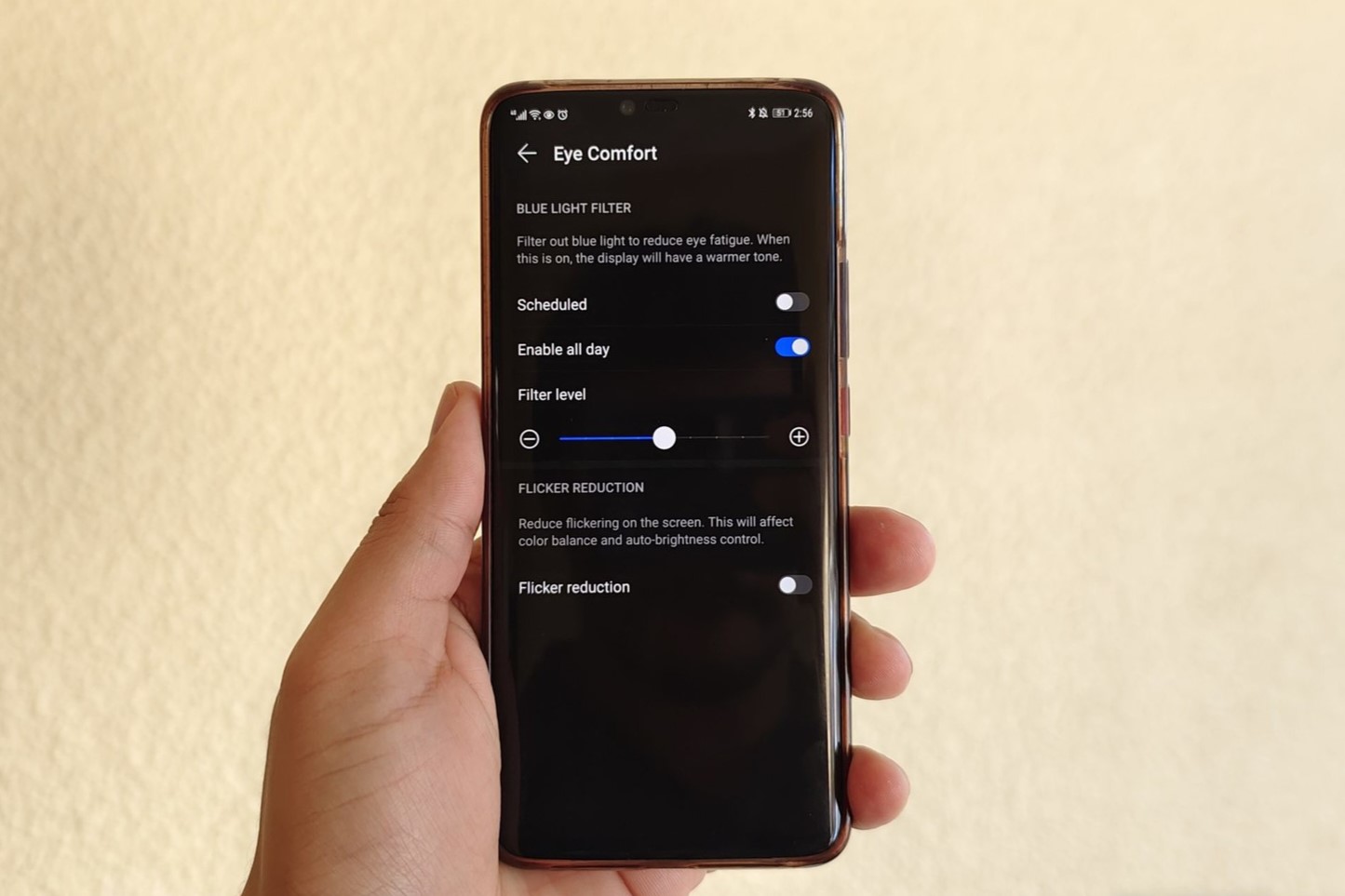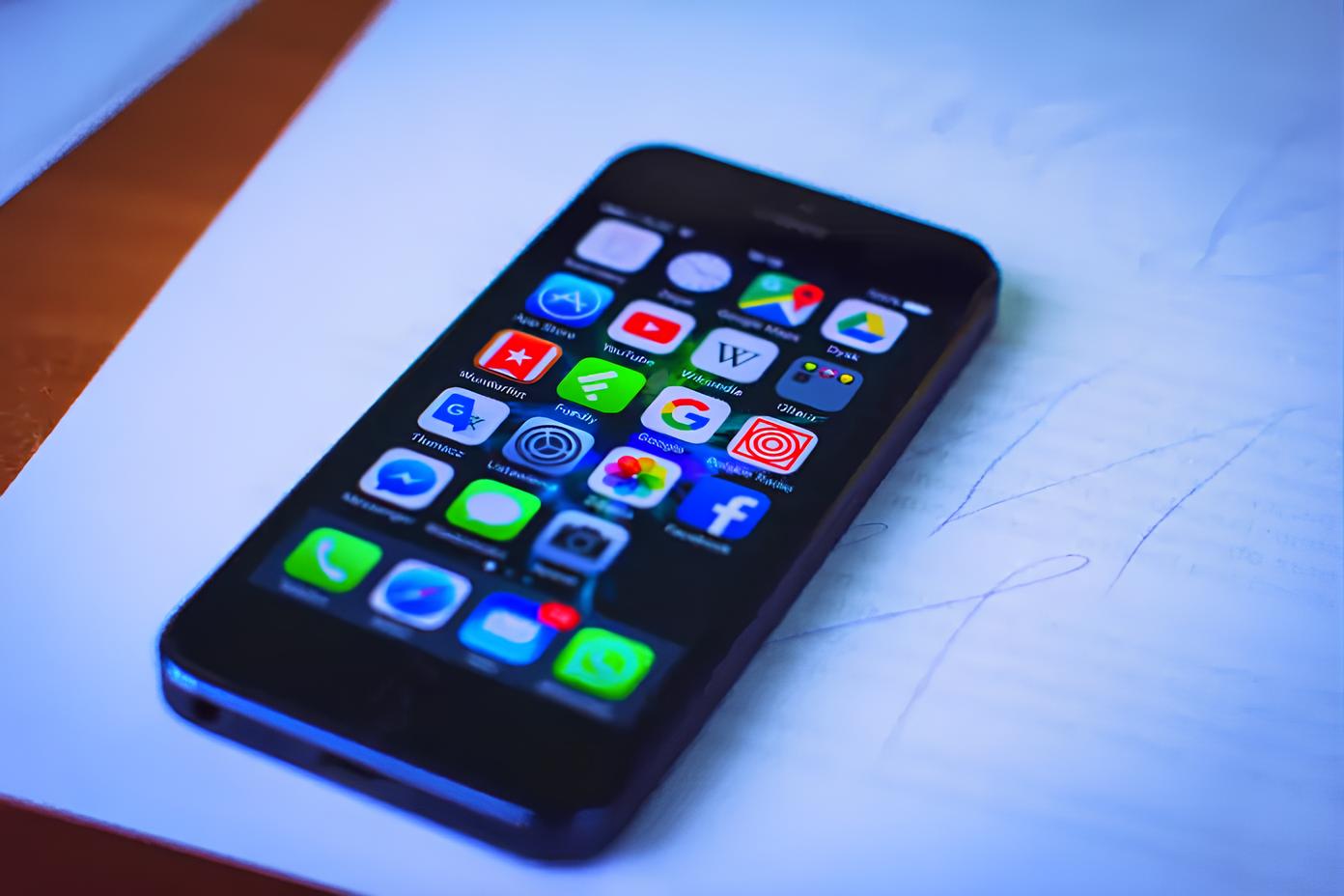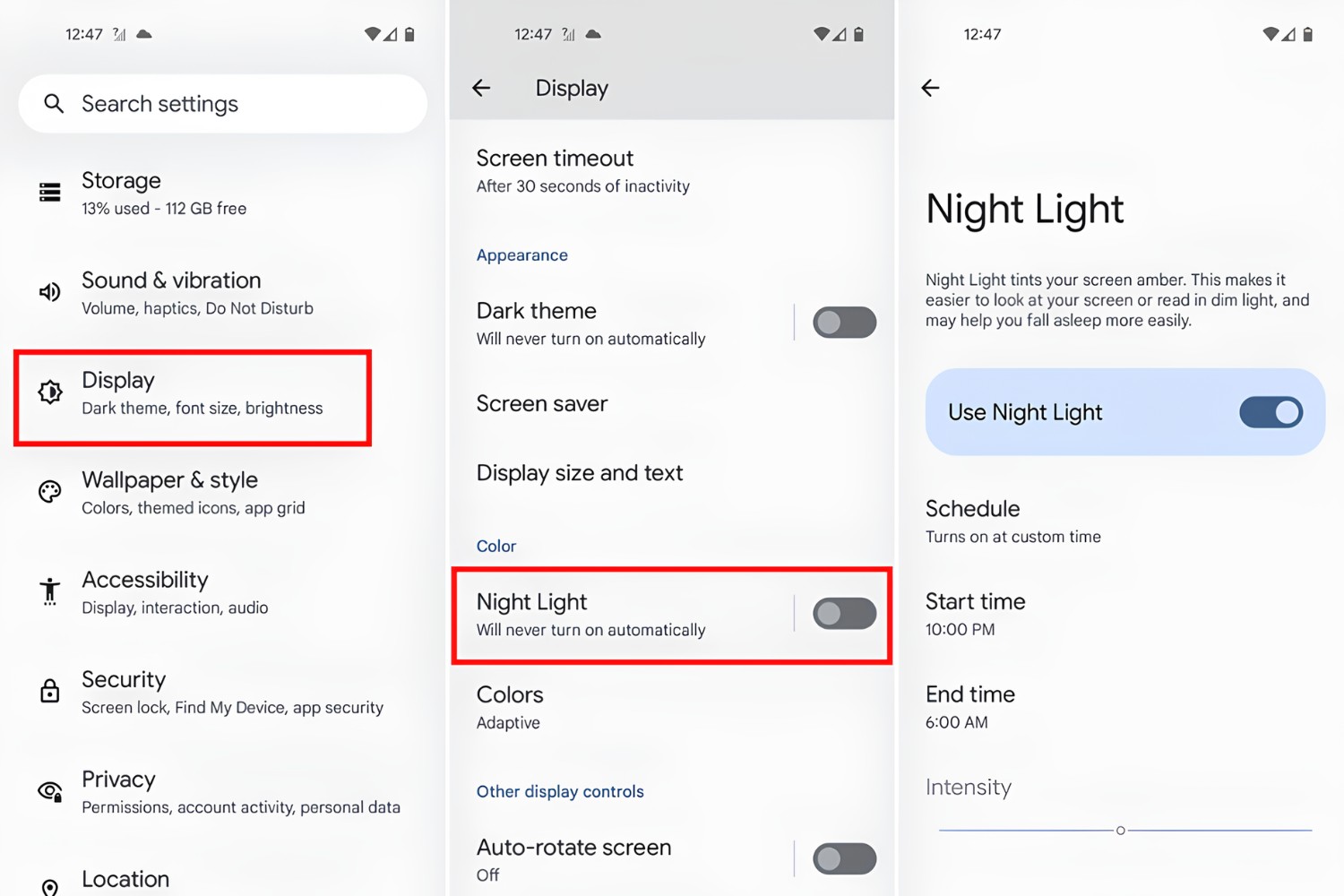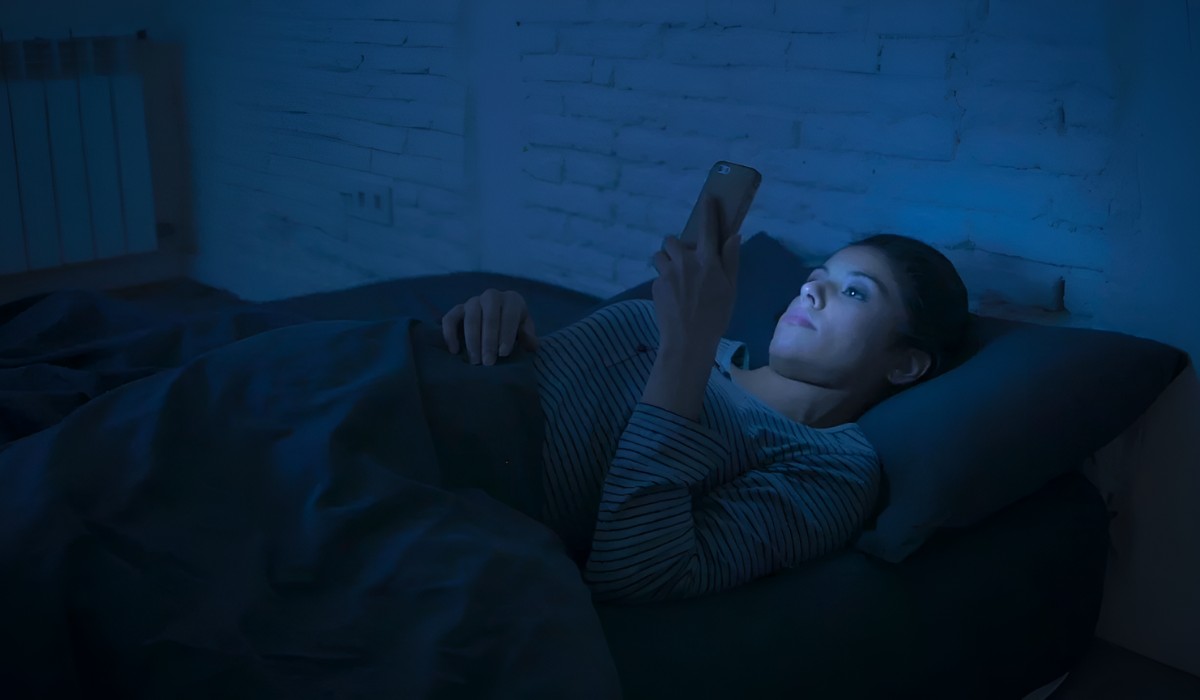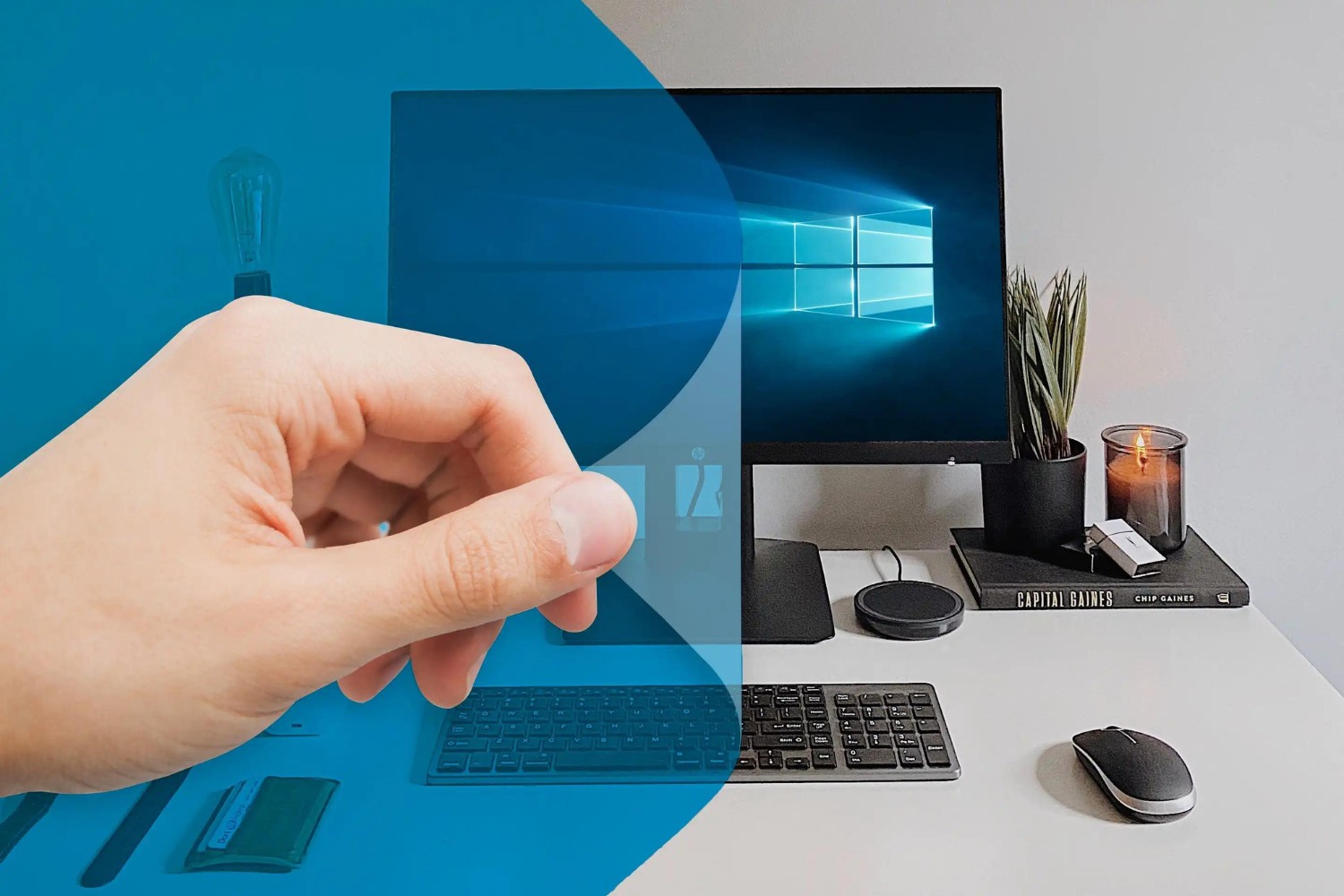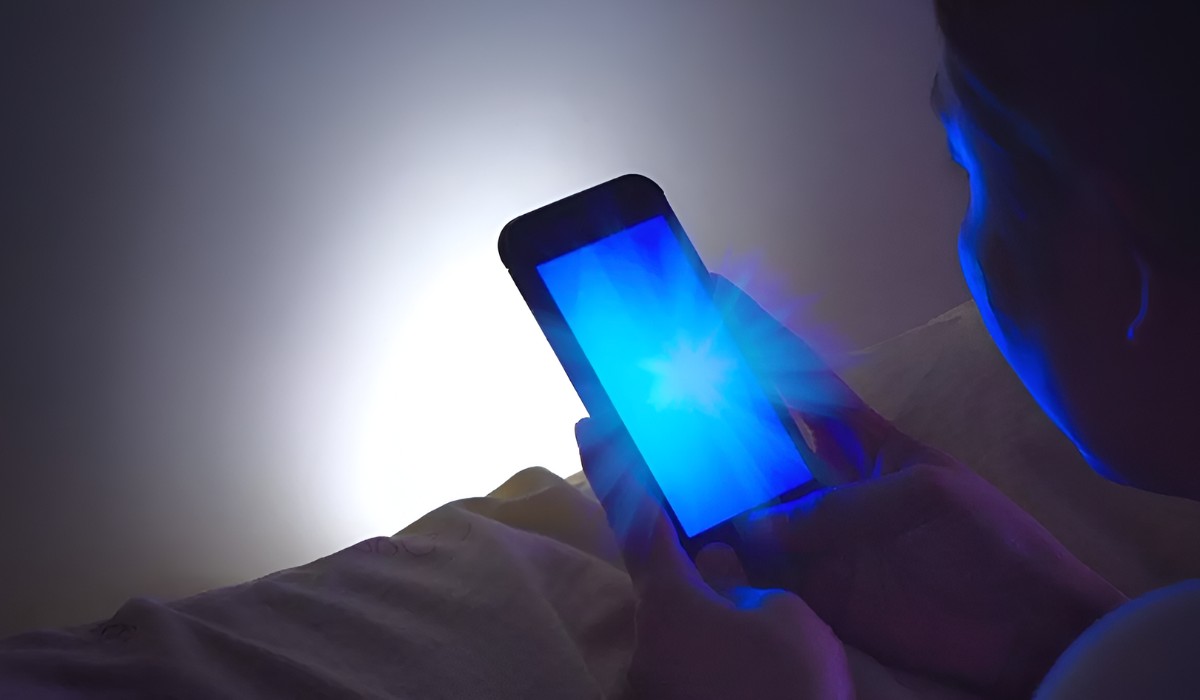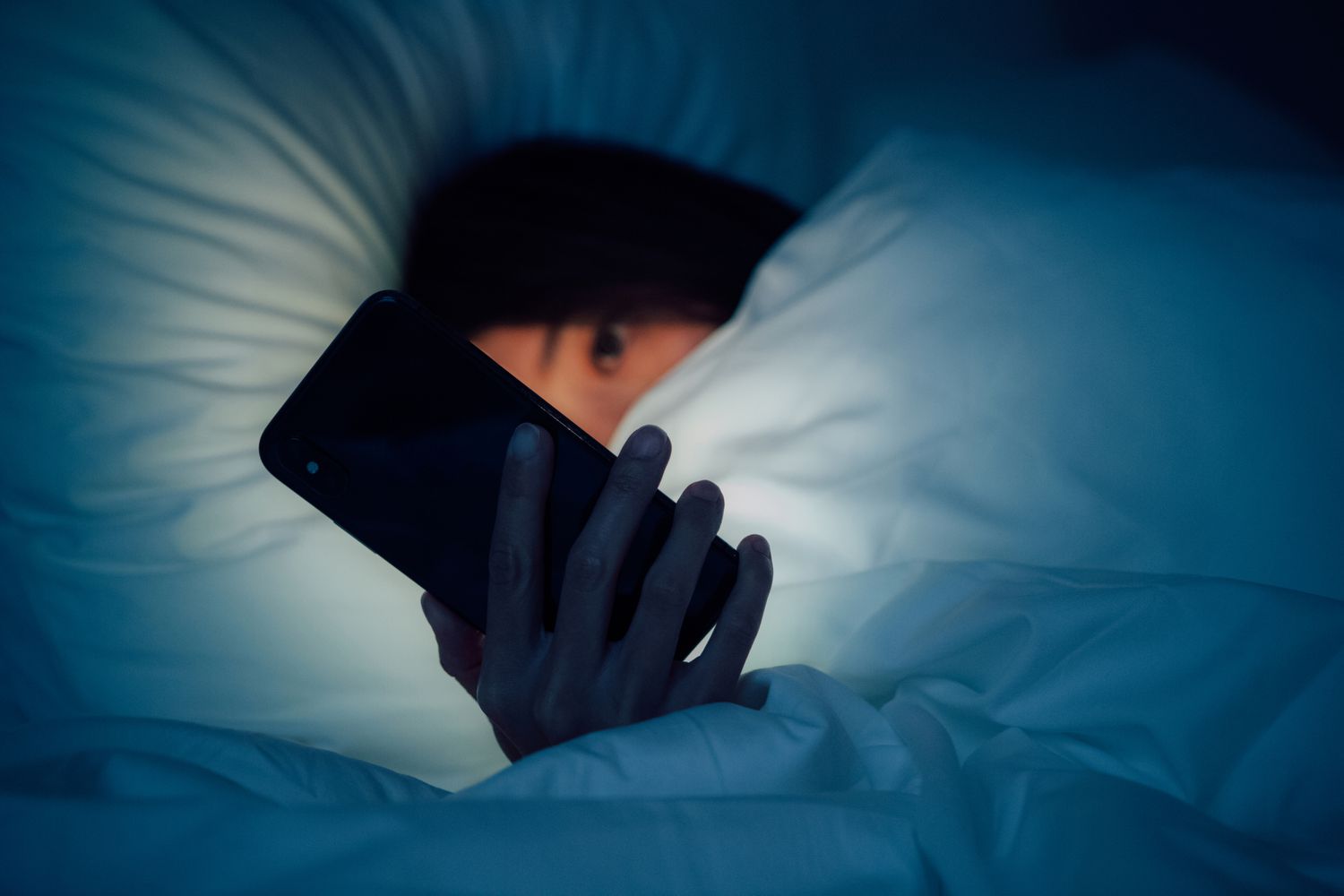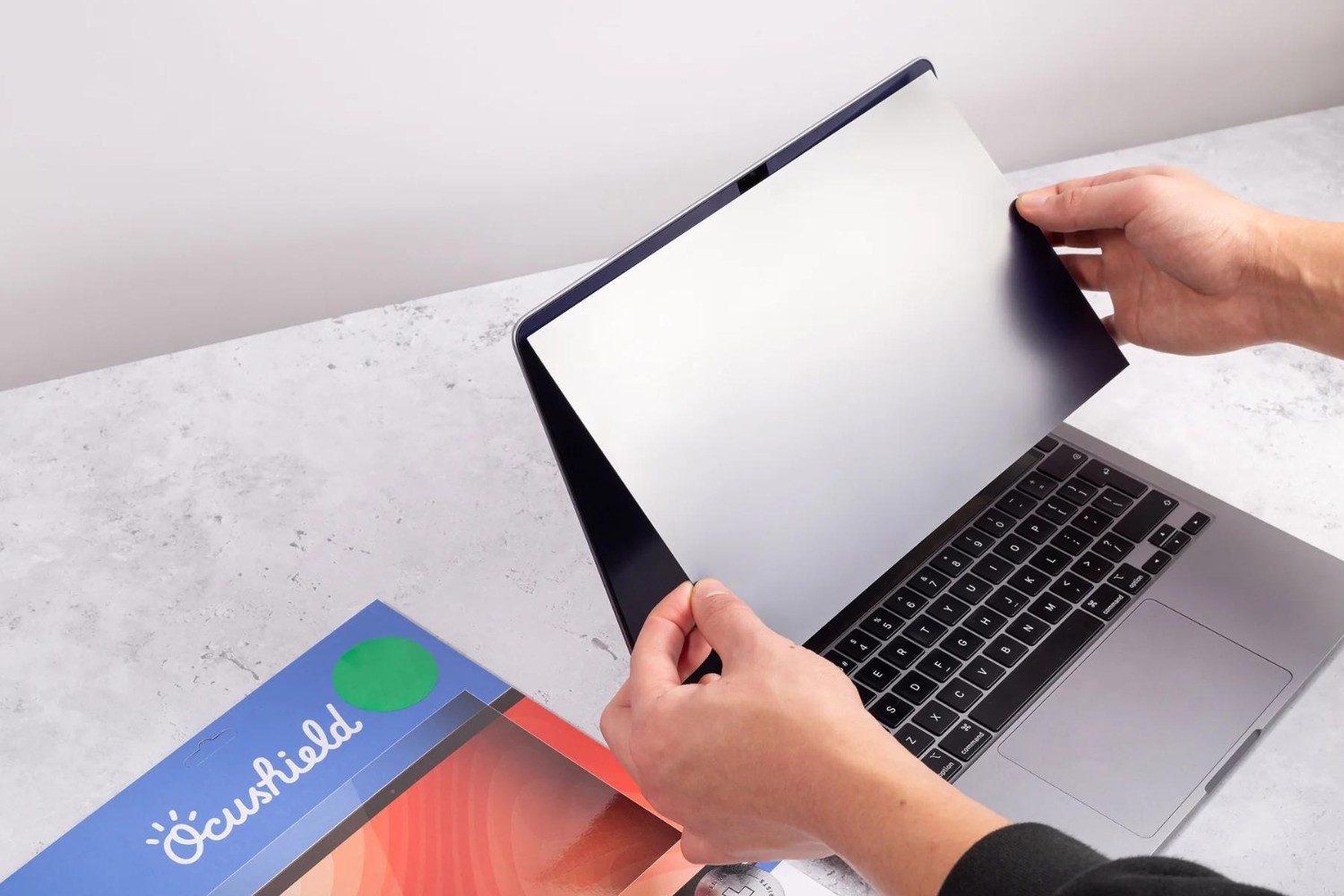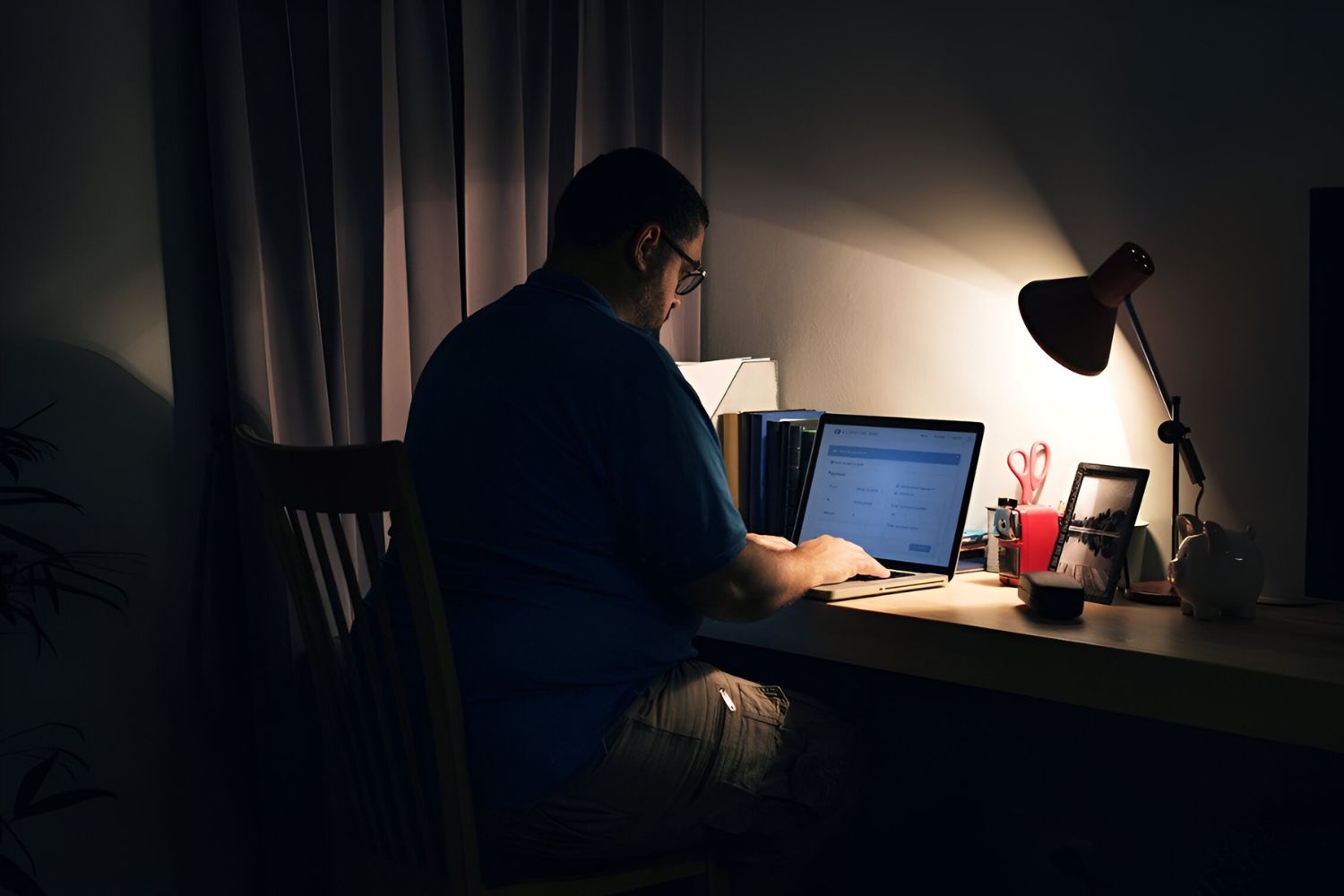Introduction
In today's digital age, the pervasive use of electronic devices has become an integral part of our daily lives. From smartphones and tablets to laptops and e-readers, these gadgets have revolutionized the way we communicate, work, and entertain ourselves. However, the increasing screen time has raised concerns about the potential adverse effects of prolonged exposure to blue light emitted by these devices, particularly on our sleep quality and overall well-being.
As a response to this concern, various device manufacturers have introduced features such as Night Shift, designed to mitigate the impact of blue light on users. Night Shift is a built-in function available on many devices, including iPhones, iPads, and Mac computers, that aims to reduce the amount of blue light emitted by the screens during evening and nighttime usage. This innovation has sparked interest and curiosity among users who are seeking ways to minimize the potential negative effects of screen time on their health.
In this article, we will delve into the concept of Night Shift and explore its effectiveness in reducing blue light exposure. We will examine the impact of blue light on sleep patterns and overall health, shedding light on the importance of addressing this issue. Furthermore, we will discuss how Night Shift works, drawing insights from studies that have evaluated its efficacy. Additionally, practical tips for utilizing Night Shift effectively will be provided to empower users to make informed decisions about their device settings.
By gaining a comprehensive understanding of Night Shift and its implications, readers will be equipped with valuable knowledge to optimize their device usage and prioritize their well-being. Let's embark on this enlightening journey to uncover the significance of Night Shift in the realm of digital wellness.
What is Night Shift?
Night Shift is a feature integrated into electronic devices, such as smartphones, tablets, and computers, that aims to reduce the emission of blue light from screens during evening and nighttime usage. This technology is designed to address the growing concern about the potential adverse effects of blue light exposure on sleep patterns and overall health. By altering the color temperature of the display, Night Shift works by shifting the screen towards warmer tones, thereby minimizing the amount of blue light emitted.
The concept behind Night Shift is rooted in the understanding of how exposure to blue light, particularly in the evening, can disrupt the body's natural circadian rhythm. Blue light, which is prevalent in daylight and emitted by electronic devices, has been found to suppress the production of melatonin, a hormone that regulates sleep-wake cycles. This suppression can lead to difficulties in falling asleep and result in disrupted sleep patterns, ultimately impacting overall well-being.
With Night Shift, users have the option to schedule the activation of this feature based on their preferences, allowing for automatic adjustments during the evening hours. By reducing the intensity of blue light emissions, Night Shift aims to create a more conducive environment for relaxation and sleep, aligning with the body's natural biological rhythms.
The implementation of Night Shift reflects a proactive approach by device manufacturers to address the potential implications of prolonged screen time on users' health. This feature not only underscores the importance of digital wellness but also empowers users to make informed choices about managing their screen exposure, especially during the evening hours.
Overall, Night Shift represents a significant advancement in the realm of device settings, offering users a practical tool to mitigate the impact of blue light on their well-being. Its integration into electronic devices underscores the industry's commitment to promoting healthier technology usage and enhancing the overall user experience. As we delve deeper into the impact of blue light on sleep and explore the effectiveness of Night Shift, it becomes evident that this feature holds immense potential in supporting users' digital well-being.
The Impact of Blue Light on Sleep
The pervasive use of electronic devices has significantly altered our daily routines, with many individuals incorporating screen time into their evening and nighttime activities. However, the exposure to blue light emitted by these devices has raised concerns about its potential impact on sleep quality and overall well-being. Blue light, which is prevalent in daylight and emitted by digital screens, has been found to influence the body's natural circadian rhythm, thereby affecting sleep patterns.
Numerous studies have underscored the disruptive effects of blue light on the production of melatonin, a hormone that plays a crucial role in regulating the sleep-wake cycle. Exposure to blue light, particularly in the evening, has been shown to suppress the production of melatonin, thus delaying the onset of sleep and disrupting the overall quality of sleep. This interference with the body's natural biological rhythms can lead to difficulties in falling asleep, as well as reduced duration and quality of sleep, ultimately impacting an individual's cognitive function, mood, and overall health.
The prevalence of blue light exposure from electronic devices, especially in the evening and nighttime hours, has become a significant concern, particularly in the context of modern lifestyles. The habitual use of smartphones, tablets, and computers during these hours can inadvertently contribute to the disruption of sleep patterns, potentially leading to sleep deprivation and its associated health implications.
The implications of blue light on sleep extend beyond mere inconvenience; they encompass a broader spectrum of health concerns. Prolonged exposure to blue light, especially in the absence of effective mitigation strategies, can contribute to an increased risk of sleep disorders, such as insomnia, as well as other health issues, including fatigue, impaired cognitive function, and mood disturbances.
As we navigate the digital landscape, understanding the impact of blue light on sleep becomes paramount in fostering a holistic approach to well-being. The introduction of features like Night Shift, aimed at reducing blue light emissions during evening and nighttime device usage, underscores the industry's recognition of these concerns and its commitment to addressing them. By gaining insights into the disruptive effects of blue light on sleep, individuals can make informed decisions about their device usage and leverage technologies such as Night Shift to promote healthier digital habits and prioritize their sleep quality and overall well-being.
How Night Shift Works
Night Shift operates by leveraging the principles of color temperature adjustment to reduce the emission of blue light from electronic device screens during evening and nighttime usage. This innovative feature is designed to address the potential disruptive effects of blue light on sleep patterns and overall well-being. By understanding the underlying mechanisms of Night Shift, users can gain valuable insights into how this technology operates to create a more visually comfortable and sleep-friendly display environment.
When Night Shift is activated, it orchestrates a gradual transition of the display's color temperature towards warmer tones, effectively reducing the intensity of blue light emitted by the screen. This transition is meticulously calibrated to align with the shifting ambient lighting conditions during the evening and nighttime hours. By incorporating warmer hues into the display, Night Shift seeks to mitigate the stimulating effects of blue light, thereby promoting a more soothing visual experience for users.
The functionality of Night Shift is rooted in the understanding of how the human visual system responds to different wavelengths of light. By modulating the color temperature, Night Shift aims to minimize the exposure to short-wavelength blue light, which has been associated with disrupting the body's natural circadian rhythm. This strategic adjustment not only enhances visual comfort during evening and nighttime device usage but also aligns with the body's biological cues for relaxation and sleep.
Moreover, Night Shift offers users the flexibility to customize the activation and intensity of this feature based on their preferences. By providing options to schedule the activation of Night Shift and adjust the warmth of the display, users can tailor their viewing experience to suit their individual comfort levels and environmental conditions. This customization empowers users to strike a balance between reducing blue light exposure and maintaining a visually appealing display, thereby catering to diverse user preferences and needs.
In essence, Night Shift operates as a proactive tool to harmonize the visual display with the body's natural rhythms, thereby creating a more conducive environment for relaxation and sleep. By orchestrating a seamless transition towards warmer color temperatures, Night Shift endeavors to offer users a visually comforting and sleep-friendly display experience, underscoring its significance in promoting digital wellness and enhancing the overall user experience.
Studies on the Effectiveness of Night Shift
Research studies have been instrumental in evaluating the efficacy of Night Shift in mitigating the impact of blue light on sleep and overall well-being. These studies have provided valuable insights into the potential benefits of utilizing Night Shift as a proactive measure to reduce blue light exposure during evening and nighttime device usage.
One study, published in the Journal of Applied Physiology, investigated the effects of evening blue light exposure on melatonin secretion and subsequent sleep parameters. The findings revealed that exposure to blue light in the evening significantly suppressed melatonin production and delayed the onset of sleep. However, when participants utilized Night Shift on their devices during the evening hours, there was a notable improvement in melatonin secretion and sleep onset latency. This study underscored the potential of Night Shift in mitigating the disruptive effects of blue light on sleep, offering promising implications for its practical application.
Another notable research endeavor, conducted at a leading sleep research institute, delved into the impact of Night Shift on subjective sleep quality and overall sleep satisfaction. The study involved participants who regularly used electronic devices in the evening and were prone to experiencing difficulties in falling asleep. Upon incorporating Night Shift into their device settings, participants reported a subjective improvement in sleep quality, characterized by reduced difficulty in falling asleep and enhanced overall satisfaction with their sleep patterns. These findings shed light on the tangible benefits of integrating Night Shift as a means to optimize sleep quality in the context of modern digital lifestyles.
Furthermore, a comprehensive meta-analysis, encompassing data from multiple studies on the effects of blue light exposure and interventions to mitigate its impact, highlighted the role of Night Shift in promoting healthier device usage. The meta-analysis revealed a consistent pattern of improved sleep parameters and reduced sleep disturbances among individuals utilizing Night Shift compared to those exposed to standard screen settings. This synthesis of evidence reinforced the potential effectiveness of Night Shift in modulating blue light emissions and its positive implications for supporting healthier sleep patterns.
Collectively, these studies underscore the promising effectiveness of Night Shift in addressing the disruptive effects of blue light on sleep. By leveraging Night Shift as a proactive measure to reduce blue light exposure during evening and nighttime device usage, users have the opportunity to optimize their digital habits and prioritize their sleep quality. The insights gleaned from these studies not only validate the significance of Night Shift in promoting digital wellness but also provide compelling evidence for its practical utility in enhancing the overall user experience.
Tips for Using Night Shift Effectively
-
Customize the Schedule: Tailor the activation schedule of Night Shift to align with your personal routine. Consider scheduling it to commence a few hours before your typical bedtime, allowing for a gradual transition towards warmer display tones as the evening progresses. This customization ensures that the impact of blue light on your circadian rhythm is minimized, promoting a smoother transition to relaxation and sleep.
-
Adjust Warmth Levels: Experiment with the warmth settings of Night Shift to find the optimal balance between reducing blue light exposure and maintaining visual clarity. By adjusting the warmth levels based on your comfort preferences and environmental conditions, you can create a visually pleasing display that complements your evening activities while mitigating the stimulating effects of blue light.
-
Utilize Wind Down Routines: Integrate the activation of Night Shift into your wind down routines as part of your evening ritual. By incorporating this feature into your pre-sleep activities, such as reading or unwinding with digital content, you can create a conducive environment for relaxation and signal to your body that it's time to prepare for rest.
-
Pair with Ambient Lighting: Consider complementing the activation of Night Shift with adjustments to ambient lighting in your surroundings. Dimming overhead lights or utilizing warm-toned lamps can further enhance the soothing ambiance, harmonizing with the visual adjustments made by Night Shift to create an environment conducive to winding down before sleep.
-
Limit Screen Time: While Night Shift offers valuable mitigation of blue light exposure, it's equally important to regulate overall screen time, especially in the hours leading up to bedtime. Consider establishing a digital curfew, limiting device usage and engaging in alternative relaxing activities to support a seamless transition to sleep.
-
Monitor the Impact: Observe the impact of Night Shift on your sleep quality and overall well-being. Pay attention to any noticeable improvements in your ability to fall asleep, the quality of your sleep, and your overall feeling of restfulness upon waking. This awareness can provide valuable insights into the effectiveness of Night Shift and guide further adjustments to optimize its usage.
By implementing these tips, users can harness the full potential of Night Shift to create a conducive environment for relaxation and sleep, thereby maximizing the benefits of reduced blue light exposure. As a valuable tool in promoting digital wellness, Night Shift empowers users to take proactive measures in managing their device settings to prioritize their well-being.
Conclusion
In conclusion, the integration of Night Shift into electronic devices represents a significant stride towards promoting digital wellness and addressing the potential disruptive effects of blue light on sleep patterns and overall well-being. This innovative feature, designed to reduce blue light emissions during evening and nighttime device usage, holds immense promise in empowering users to make informed decisions about managing their screen exposure and prioritizing their sleep quality.
By understanding the impact of blue light on sleep and the body's natural circadian rhythm, users can leverage Night Shift as a proactive tool to create a more conducive environment for relaxation and sleep. The gradual transition towards warmer display tones orchestrated by Night Shift not only enhances visual comfort but also aligns with the body's biological cues for winding down before sleep. This strategic adjustment mitigates the stimulating effects of blue light, thereby fostering an environment that supports healthier sleep patterns.
Furthermore, the findings from research studies have provided compelling evidence for the effectiveness of Night Shift in optimizing sleep quality and reducing sleep disturbances associated with blue light exposure. The tangible benefits reported by participants, including improved sleep onset and enhanced overall sleep satisfaction, underscore the practical utility of Night Shift in promoting digital wellness and enhancing the overall user experience.
As users navigate the digital landscape, implementing practical tips for using Night Shift effectively can maximize its potential in creating a visually comforting and sleep-friendly display environment. Customizing the activation schedule, adjusting warmth levels, and integrating Night Shift into evening wind-down routines are essential strategies that empower users to tailor their device settings to suit their individual preferences and needs.
In essence, Night Shift stands as a testament to the industry's commitment to fostering healthier technology usage and prioritizing user well-being. By embracing the capabilities of Night Shift and harnessing its potential to mitigate the impact of blue light, users can embark on a journey towards optimizing their digital habits and promoting a holistic approach to well-being.
In the ever-evolving landscape of technology, the integration of features like Night Shift serves as a beacon of progress, offering users the means to harmonize their digital experiences with their physiological needs. As we continue to prioritize digital wellness, Night Shift emerges as a valuable ally, empowering users to strike a balance between technology usage and well-being, ultimately enhancing the quality of their lives in the digital age.







